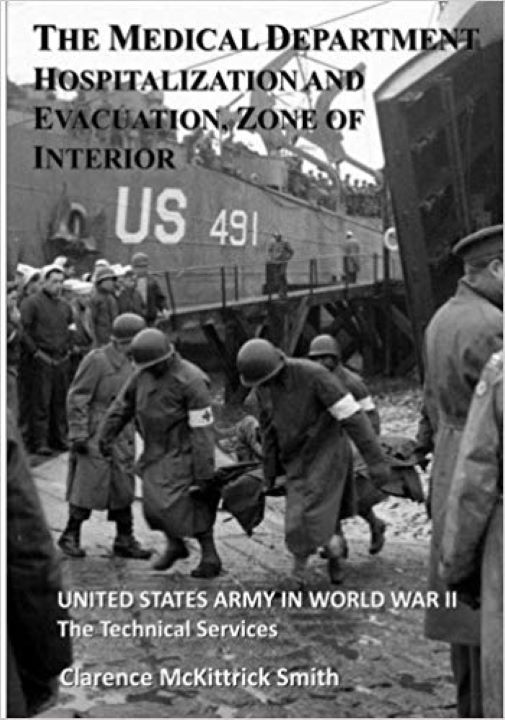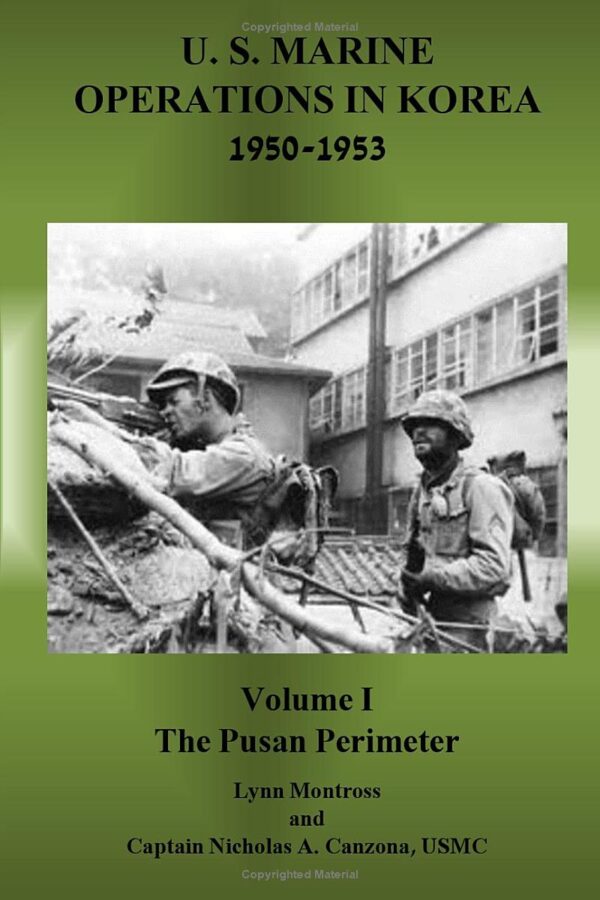The Medical Department: Hospitalization and Evacuation, Zone of the Interior (United States Army in World War II Technical Services)
From the front matter – Few Army activities are subject to closer scrutiny than those of protecting the health of the troops and binding up the wounds of those who have borne the battle. As in the matter of feeding and clothing, the general public has well-established civilian standards against which it can measure the efficiency of those responsible for the Army’s medical service. When conducted with speed and professional competence this service is a source of comfort to both the man in uniform and his family and friends; when it fails to equal or excel the system of medical care to which American society is accustomed it is subject to immediate and strong protest from a people able and willing to criticize. The successful conduct of a military medical service therefore requires not only a knowledge of contemporary civilian medical practice but also administrative talent capable of adjusting the demands of the public and the medical profession to the Army’s needs in time of war with the minimum of friction. This is the first volume of a series which relates the hospitalization and evacuation experience of the Army in World War II. It should prove enlightening both to military men directly or indirectly concerned with the Army’s medical service and to that large group of doctors and hospital administrators who daily face policy and management problems similar to those recounted here. The contrasts between World War II and earlier wars in matters of hospitalization and evacuation are of course striking. The Army provided—at a maximum—more than twice as many hospital beds in the United States in World War II as it did in World War I, although curiously enough the number of beds in the zone of interior hospitals of World War I was very little larger than that in the Federal rear-area (“general”) hospitals of the Civil War. The process of transporting and regulating the flow of patients to these hospitals in World War II differed in important respects from the methods used earlier. Yet despite these—and many other—changes, real elements of continuity existed. The convalescent hospitals and specialty centers, which became outstanding features of the World War II hospital system, existed on a smaller scale in World War I. The horse-drawn ambulance of the Civil War gave way to the motor ambulance of the two world wars, but hospital trains carried large numbers of patients in 1864 as in 1918 and 1945. Even the use of airplanes for transporting Army patients in the United States, an important factor in evacuation during World War II, had its small beginnings in World War I. These observations are not meant to imply that the recent changes in hospitalization and evacuation outside the combat areas were less numerous or important than the features which remained essentially the same. They are merely a reminder that the full meaning of this volume can only be grasped if it is read with some knowledge of earlier events. Even without this background, however, readers who now or in the future are engaged in the work of hospitalization and evacuation should find much in the account to help them build on the achievements and avoid the pitfalls of the past. If the book serves that purpose, the work of the author and his assistants will be amply justified, as will the interest of the many officers and civilians who responded so freely when called upon for their personal knowledge of the events described.
528 pages





